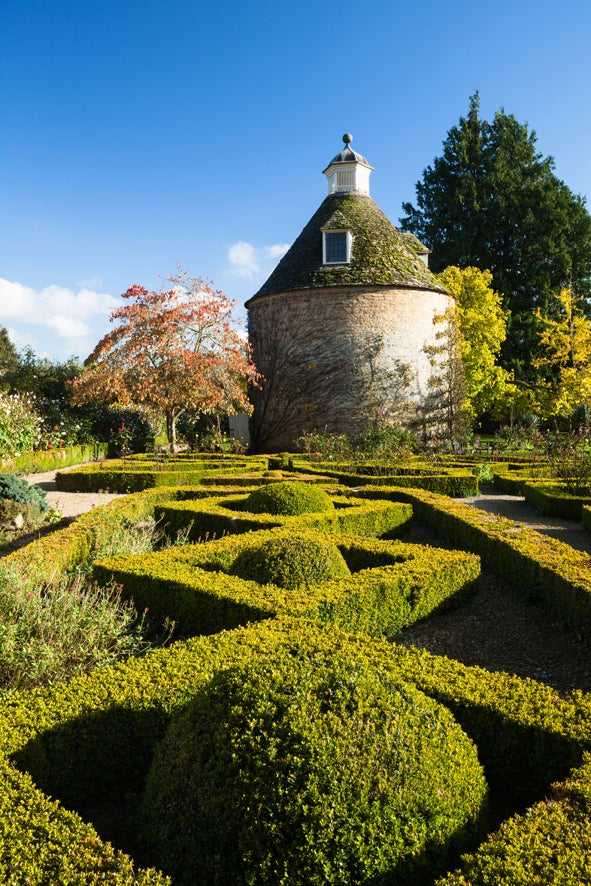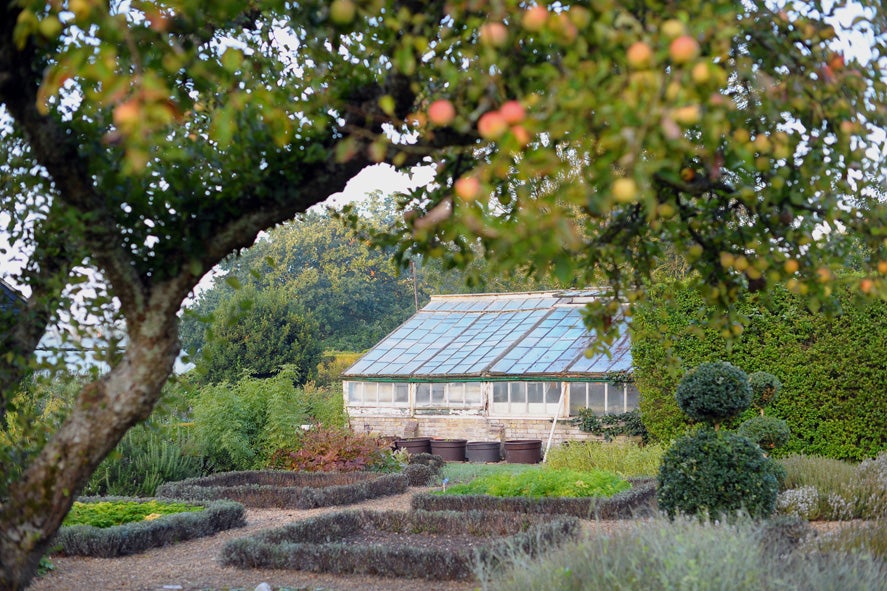The Independent's journalism is supported by our readers. When you purchase through links on our site, we may earn commission.
Travel guide to... English gardens
Three hundred years after Lancelot "Capability" Brown's birth, his landscapes are as captivating as ever

Your support helps us to tell the story
From reproductive rights to climate change to Big Tech, The Independent is on the ground when the story is developing. Whether it's investigating the financials of Elon Musk's pro-Trump PAC or producing our latest documentary, 'The A Word', which shines a light on the American women fighting for reproductive rights, we know how important it is to parse out the facts from the messaging.
At such a critical moment in US history, we need reporters on the ground. Your donation allows us to keep sending journalists to speak to both sides of the story.
The Independent is trusted by Americans across the entire political spectrum. And unlike many other quality news outlets, we choose not to lock Americans out of our reporting and analysis with paywalls. We believe quality journalism should be available to everyone, paid for by those who can afford it.
Your support makes all the difference.Imagine transplanting a tree before the days of power tools, cranes and tractors. Not just a sapling but a substantial cedar or a great elm. In the 18th century, uprooting mature trees and moving them was a trademark feat of Lancelot Brown as he restyled great swathes of England’s private parklands.
You can marvel at a working reconstruction of the clever if rudimentary machine (complete with cartwheels) that he devised for the job if you head to Blenheim Palace, where an absorbing exhibition about Britain’s brilliant garden designer is taking place (blenheimpalace.com; £14.90 admission includes entrance to grounds, as do other prices below). The display at Blenheim, where he created one of his greatest landscapes, is among the shows kick-starting the commemorations this year of the 300th anniversary of “Capability” Brown’s birth.
His nickname stems from his frequent references to the “capabilities” of his clients’ grounds, but in most cases the landscape’s natural potential was secondary to Capability Brown’s skill as an engineer. Quite apart from the extraordinary additions of large trees, a lake might be added (he made about 150 of them), a river created, a hill laboriously made. He even removed cottages and built them elsewhere when they intruded on a view.
Across England, Brown devised about 260 sweepingly picturesque landscapes, of which Stowe (nationaltrust.org.uk/stowe; £11.20) in Buckinghamshire, Burghley (burghley.co.uk; £8.50) in Lincolnshire, and Chatsworth (chatsworth.org; £12) in Derbyshire, are among the most renowned.
This year’s tercentenary celebrations include exhibitions, walks, talks, commemorative art installations and more. On 19 June a Capability Carnival will take place at Twickenham (richmond.gov.uk/capability_festival); on Brown’s birthday, 28 August, a Georgian cricket match will be held at Wimpole Estate (nationaltrust.org.uk/wimpole-estate; £16.25) in Cambridgeshire. For a more details on these and a host of other activities visit capabilitybrown.org; and for a trail of Brown’s landscapes across England see hha.org.uk/CBtrail.
Inspired by the anniversary, Visit England has proclaimed 2016 as the Year of the English Garden and alongside the Brown events it has put together a number of itineraries for green breaks, from grand gardens to hidden, leafy gems (visitengland.com). With spring well under way and many of England’s best gardens reopening after winter, here are our own suggestions of some of the most uplifting gardens as they start to bloom.
Woodland wonders
For splendid sylvan scenes emboldened by the vibrant green of newly emerging leaves, head to Rousham House & Garden (rousham.org; £5) in Oxfordshire. Woodland is a dramatic part of this Arcadian creation; follow the circuit walk around the grounds and you’ll take in tree-framed views – you’ll also plunge down a yew tunnel and come across statues and fountains. This remarkable garden is little changed from its original 1730s design by William Kent, a precursor to Capability Brown.

Over on the North Downs of Kent, Doddington Place Gardens (doddingtonplacegardens.co.uk; £6) includes a spectacular woodland section with particularly striking magnolias, azaleas and acers. Rhododendrons, too – about to burst into magnificent colour. From a rock garden to a sunken garden awash with aliums and roses in early summer, there’s much else to see.
Copious colour
Since inheriting 17th-century Coton Manor (cotonmanor.co.uk; £7) in Northamptonshire in the early 1990s, Susie and Ian Pasley-Tyler have transformed the 10-acre garden into a world of colour almost all year round. There are brilliantly devised borders and an abundant rose garden; don’t miss, too, the bluebell woods.
Burrow Farm Gardens (burrowfarmgardens.co.uk; £7) near Axminster in Devon also has terrific bluebell woodland. This ancient part of the garden was the inspiration for owners John and Mary Benger, who designed the 13 acres here in the early 1960s. The azalea glade is about to look gorgeous in full bloom; the terrace garden becomes riot of colour in the summer; and in contrast to the formal cultivation there’s a lovely wildflower meadow which will be brimming with buttercups in a few months.
Microclimate change
Enjoy the exotic ambience of gardens with microclimates. At London’s Chelsea Physic Garden (chelseaphysicgarden.co.uk; £10.50) olives, pomegranates and grapefruits grow. The gardens were founded in 1673 for medicinal purposes and hold an amazing collection of about 5,000 different edible and pharmaceutical plants.

On Cornwall’s south coast, Trebah Garden (trebahgarden.co.uk; £9) is a subtropical haven. Its grounds feature a bamboo glade, a fabulous collection of Australian tree ferns and a mighty, 150-year-old palm standing tall at 14.75m. Come now for the magnolias, rhododendrons and camellias, and return in the autumn for a great show of hydrangea blooms.
Abbotsbury Subtropical Gardens (abbotsbury-tourism.co.uk; £12) off Dorset’s Jurassic Coast is a veritable kaleidoscope of world species. There are plants from the Andes, the Himalayas, South Africa and more; there are bamboos and palms aplenty. But perhaps best of all right now are the magnolias.
Modern inspiration
Head to East Ruston near Norwich to see a particularly fine contemporary garden. East Ruston Old Vicarage Gardens (e-ruston-oldvicaragegardens.co.uk; £8.50) is the creation of Alan Gray and Graham Robeson, who started to devise a garden around their home in the mid-1970s. Fast forward to today and it is a remarkable series of carefully orchestrated green spaces, with wonderful hedges and topiary, glorious beds and a dramatic series of walks.
For perhaps the ultimate in modern gardens make for Denmans (denmans-garden.co.uk; £5.95), near Arundel in Sussex, which is the home turf of garden design guru John Brookes. It’s a showcase of a place, consisting of only four acres which are packed with interest – from texture to height and colour – at every turn.
Bed in
Wake up to a beautiful garden. There is newly available cottage accommodation at Newstead Abbey (newsteadabbey.org.uk; non-residents £7), once the home of Lord Byron, in Nottinghamshire. Within the dreamy grounds of ponds, cascades, maples and more, the charming old Gardener’s Cottage overlooks the original rose garden, and offers two bedrooms and a walled terrace of its own. It costs from £345 for a three-night stay.
Meantime Congham Hall Hotel (conghamhallhotel.co.uk) near King’s Lynn is marking the Year of the English Garden with a special horticultural package and a newly devised garden trail around Norfolk. The 26-bedroom hotel prides itself on its own garden, particularly its herb collection, and is offering green-fingered enthusiasts two-night breaks from £499 per double room including half board and tickets to one of the gardens on its new trail.

Join our commenting forum
Join thought-provoking conversations, follow other Independent readers and see their replies
Comments